Whenever I am asked about this parasite, my eyes get big. Thankfully, I’ve never had it, but enough times I have seen it. If you are interested in dieting in the jungle, drinking ayahuasca there for a long period or going to enjoy the forest, UTA is something to be aware of.
So What is Uta?
Uta is the local name for cutaneous leishmaniasis, a parasitic infection caused by Leishmania protozoa. It’s not like the typical intestinal worms most people think of when they hear “parasite.” This is a skin parasite. Once inside the body, the parasite causes large, ulcer like sores that can last for months or even years. They often leave behind deep, permanent scars. These wounds may resemble volcano craters or old burns. As a body marking they are pretty unmistakable.
How does someone get it?
The parasite is transmitted through the bite of a tiny sandfly that thrives in jungle regions. In and around lowland rivers, forest edges, or humid village areas. Most people don’t feel the bite when it happens. Days or weeks later, a small bump forms, then opens into a slow-healing wound. Children are especially vulnerable, as they often play barefoot or bare-skinned in areas where sandflies are active. Unlike other parasites, Uta doesn’t rely on contaminated food or poor hygiene. A single bite is enough.
Why is it hard to treat?
Treatment for Uta is difficult for several reasons. First, many cases are misdiagnosed or ignored entirely until the lesions are advanced. Second, the medications used, antimonials or amphotericin B, are insanely toxic, expensive, and not always available in rural areas. Healing is slow, and even with treatment, the wounds may not fully close or the parasite may remain dormant. There is no universal cure, and herbal or traditional methods may help only if used early and consistently. The parasite can also resist pharmaceutical treatment or recur years later.
Can you test for it? What are the signs?
Testing is possible, but often inaccessible. Diagnosis usually requires a tissue sample or skin scraping, examined under a microscope for the parasite. Symptoms include persistent open sores, often on the face, arms, or legs. Most I have seen are on the legs. There is usually swelling around the site, and sometimes fever or fatigue if the infection spreads. Because the wound may look like a regular sore or spider bite at first, it’s often overlooked. If you’ve been in tropical forest areas and develop an unhealed sore, Uta should always be considered.
What’s the spiritual meaning of Uta?
For those who live in and learn from the jungle, Uta is not only a physical condition it is a marking. Some say the parasite carves a lesson in humility or forces a deep rest that can’t be avoided. The wound becomes a portal through which the body releases unresolved heat, anger, or ancestral burden. The scar, like a jungle tattoo, is both reminder and medicine. In this way, Uta is not just something to kill, it’s something to understand, transform and integrate.
How long to cure it naturally?
In a mild case that is caught early, the treatment is anywhere from one to two months, two months being ideal, to be certain it was healed. If it comes back the treatment can take up to six months. When the cases are moderate or advanced, they normally take about 3-6 months, sometimes longer to heal.
Think treating it pharmaceutically is better?
This involves getting injections DAILY for 28 days. The side effects of this are horrible. Causing debilitation, nausea, liver strain, heart rhythm changes and muscle aches. There are often relapses where the lesion doesn’t close and the treatment is begun again.
Prevention is key
These tiny insects are most active during the early morning and late afternoon, they thrive in humid, shady areas near vegetation or water. Wear long sleeves and pants, especially at dawn and dusk. Use natural insect repellents like citronella, clove oil, or lemon eucalyptus on exposed skin. Mosquito nets are essential when sleeping, especially in open or rural jungle homes. Keep surroundings clean and dry, since sandflies breed in organic debris and moist soil. If you’re hiking or working in the forest, avoid resting directly on the ground or near dense foliage. And most importantly, if you notice a strange sore that doesn’t heal after a jungle trip, don’t wait. Early recognition is the best defense.

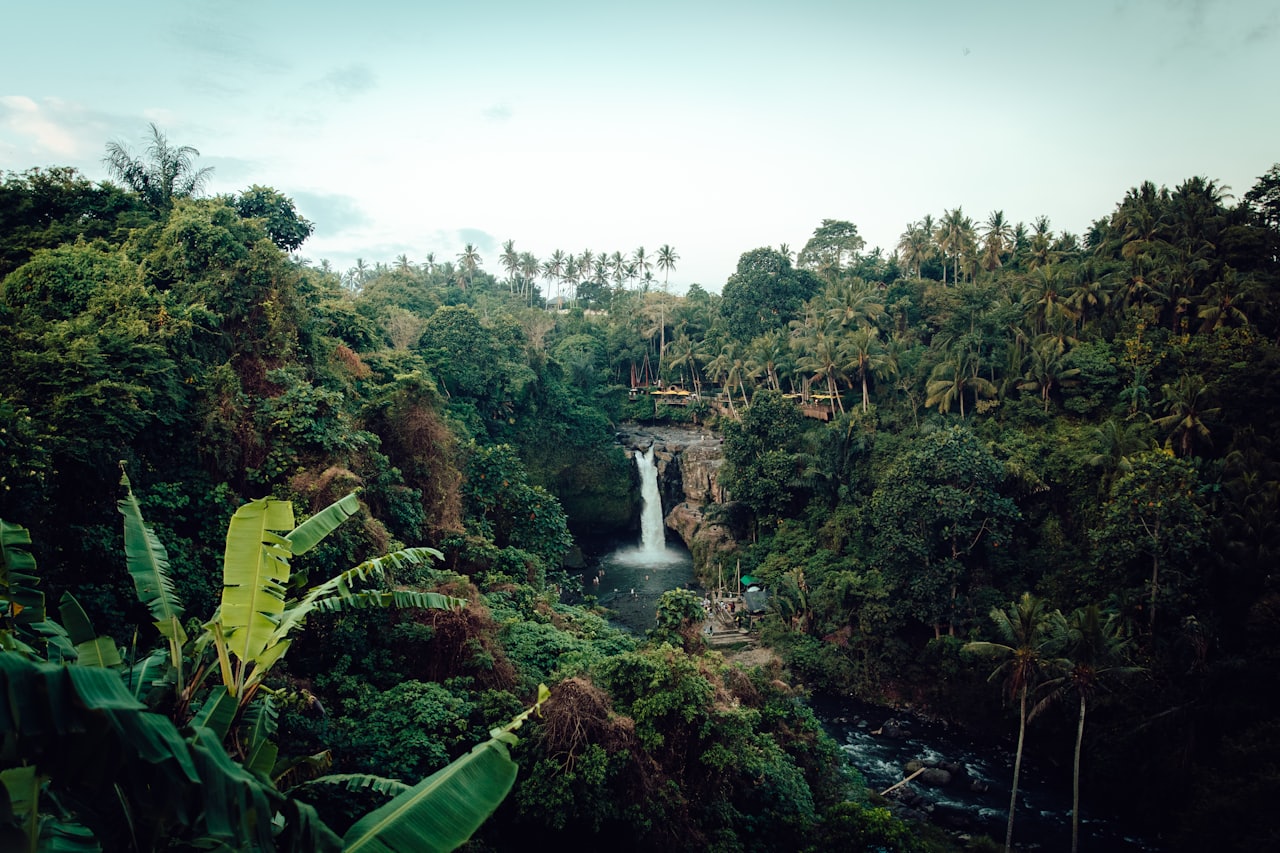

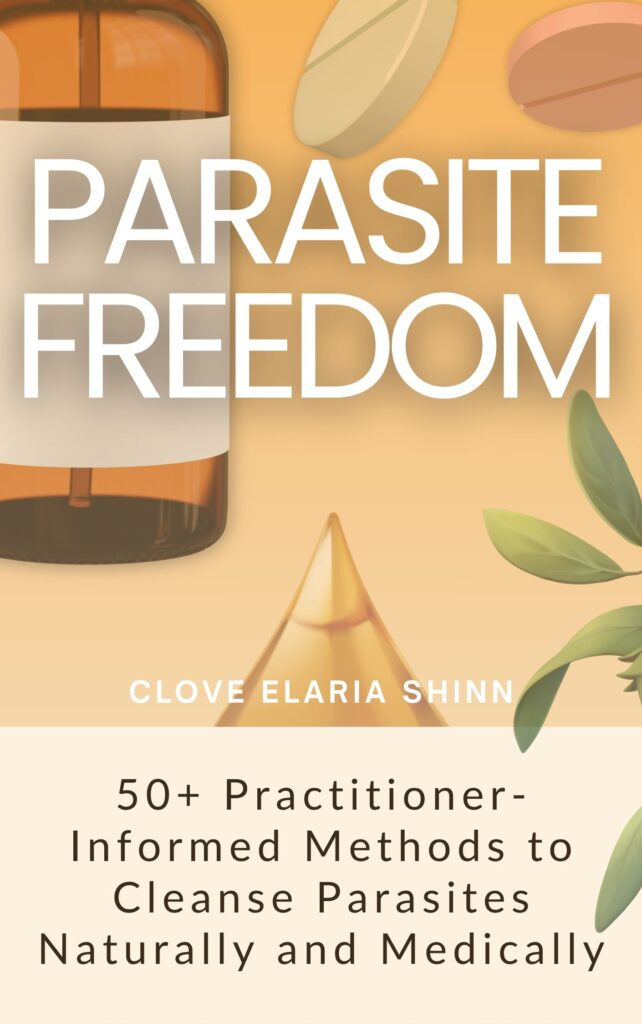
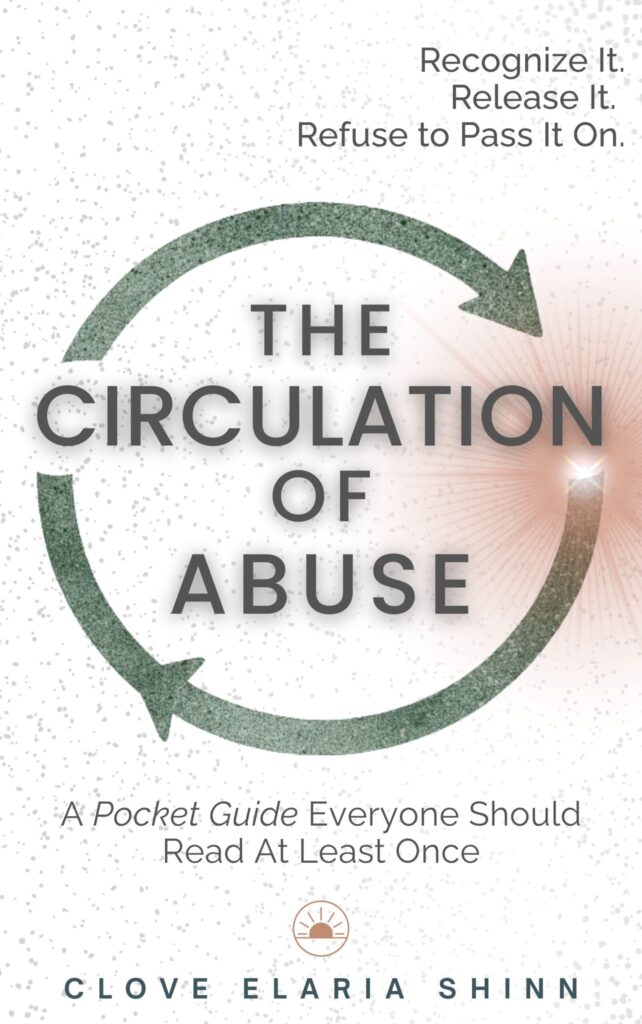
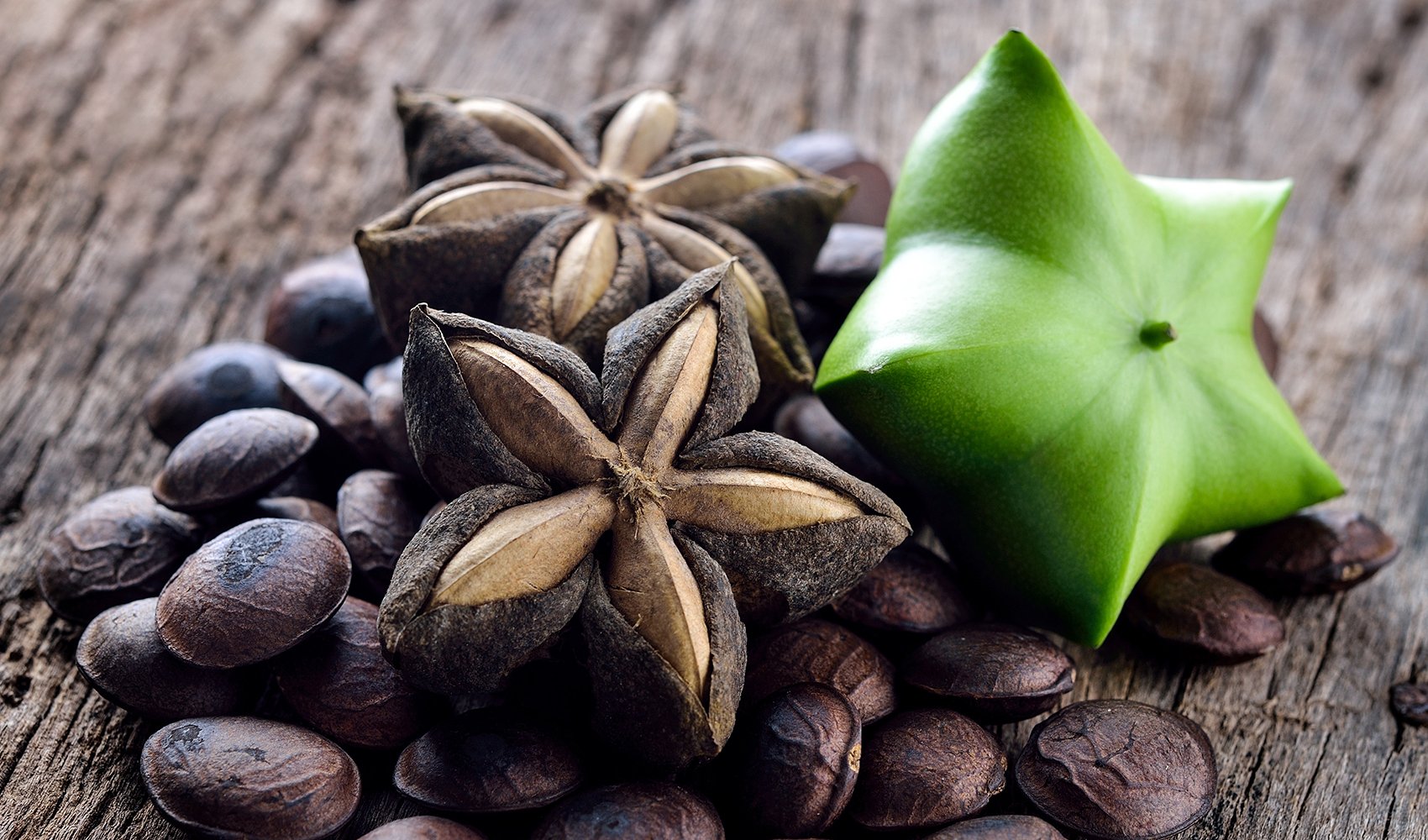




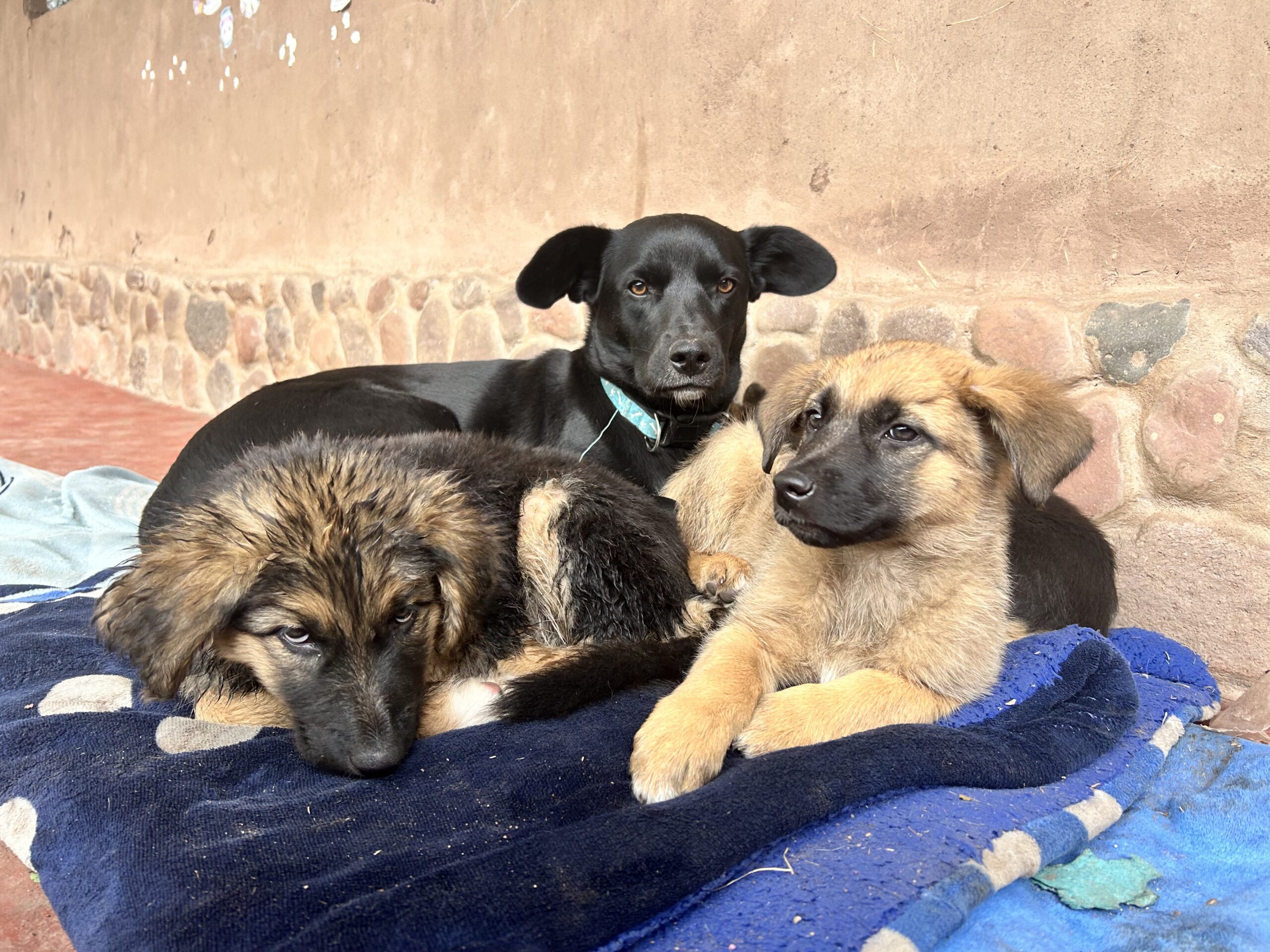


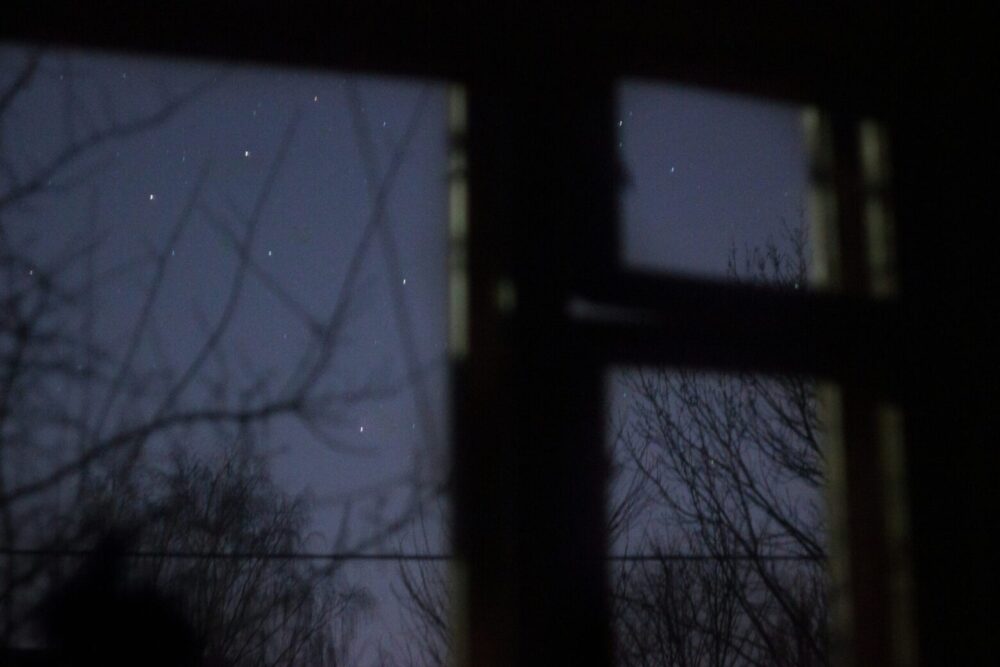




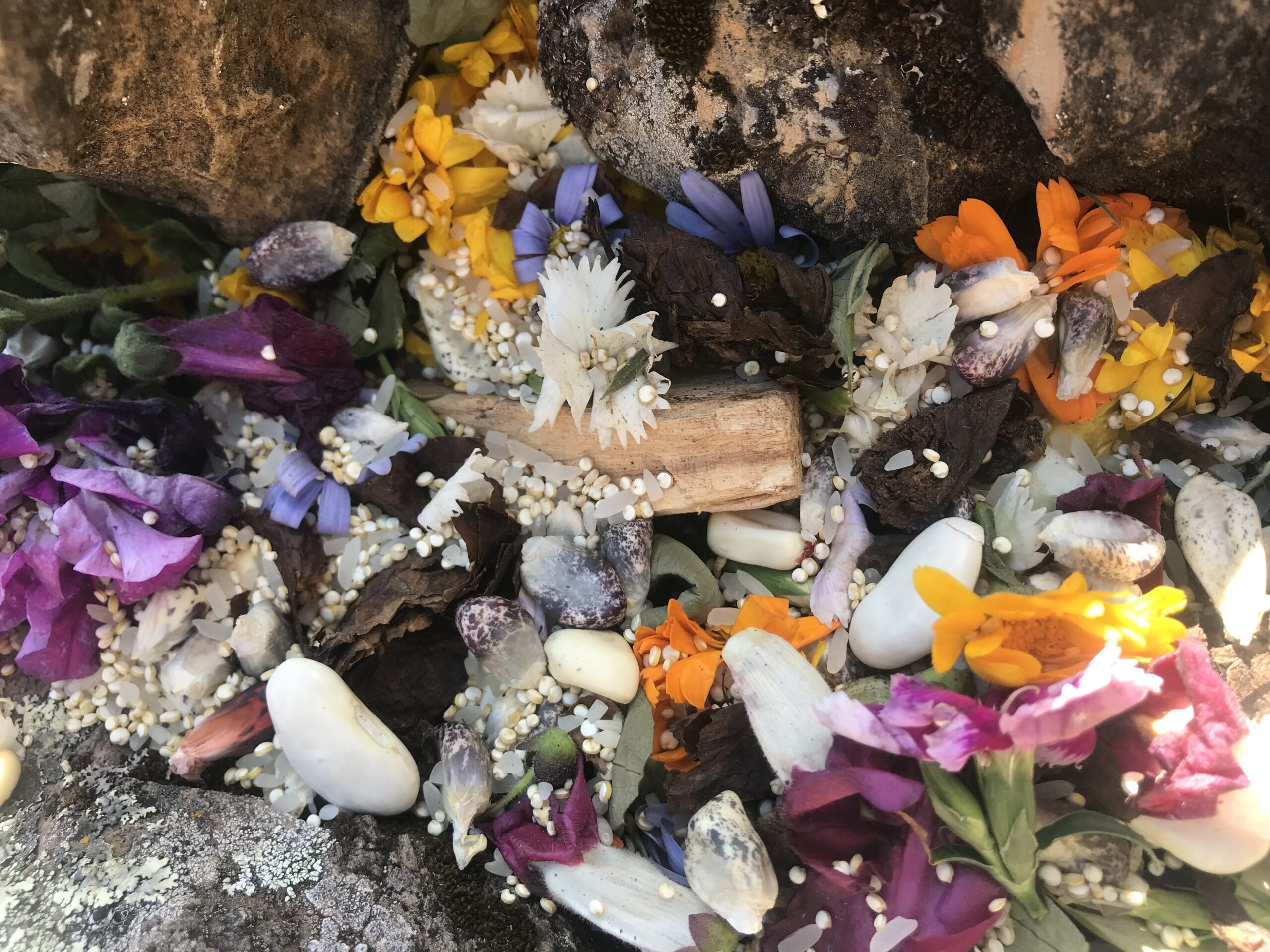
Leave a Reply